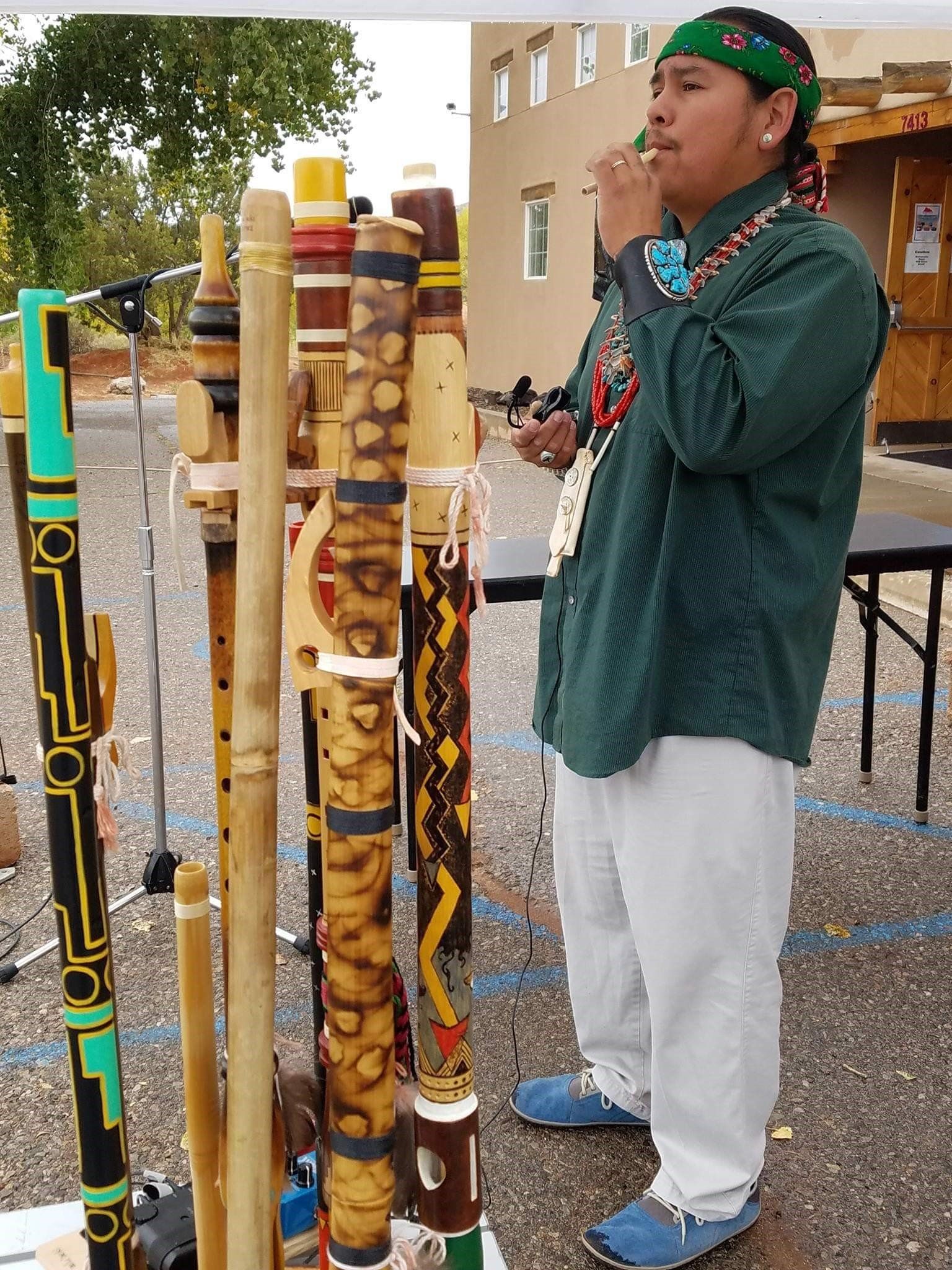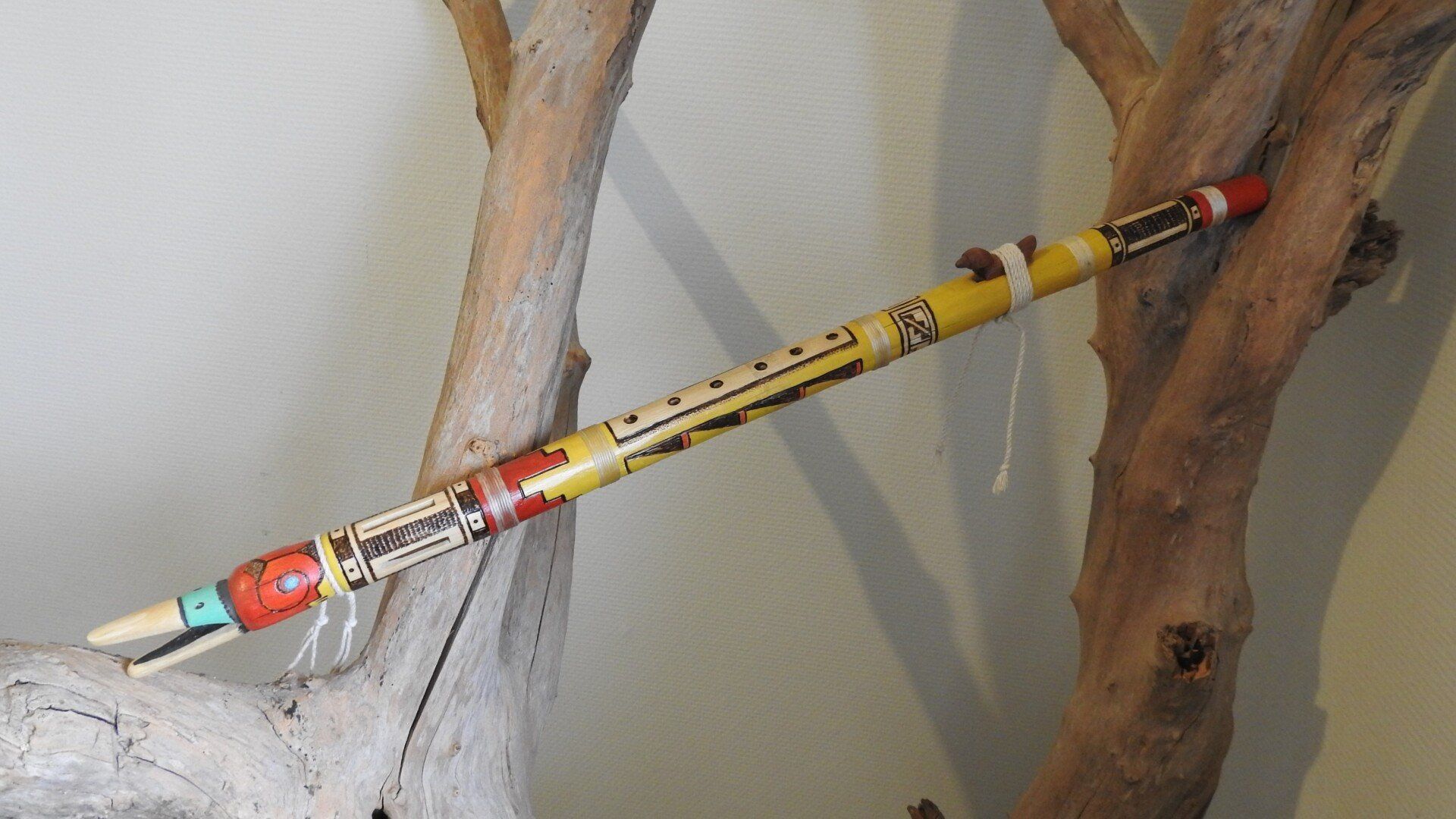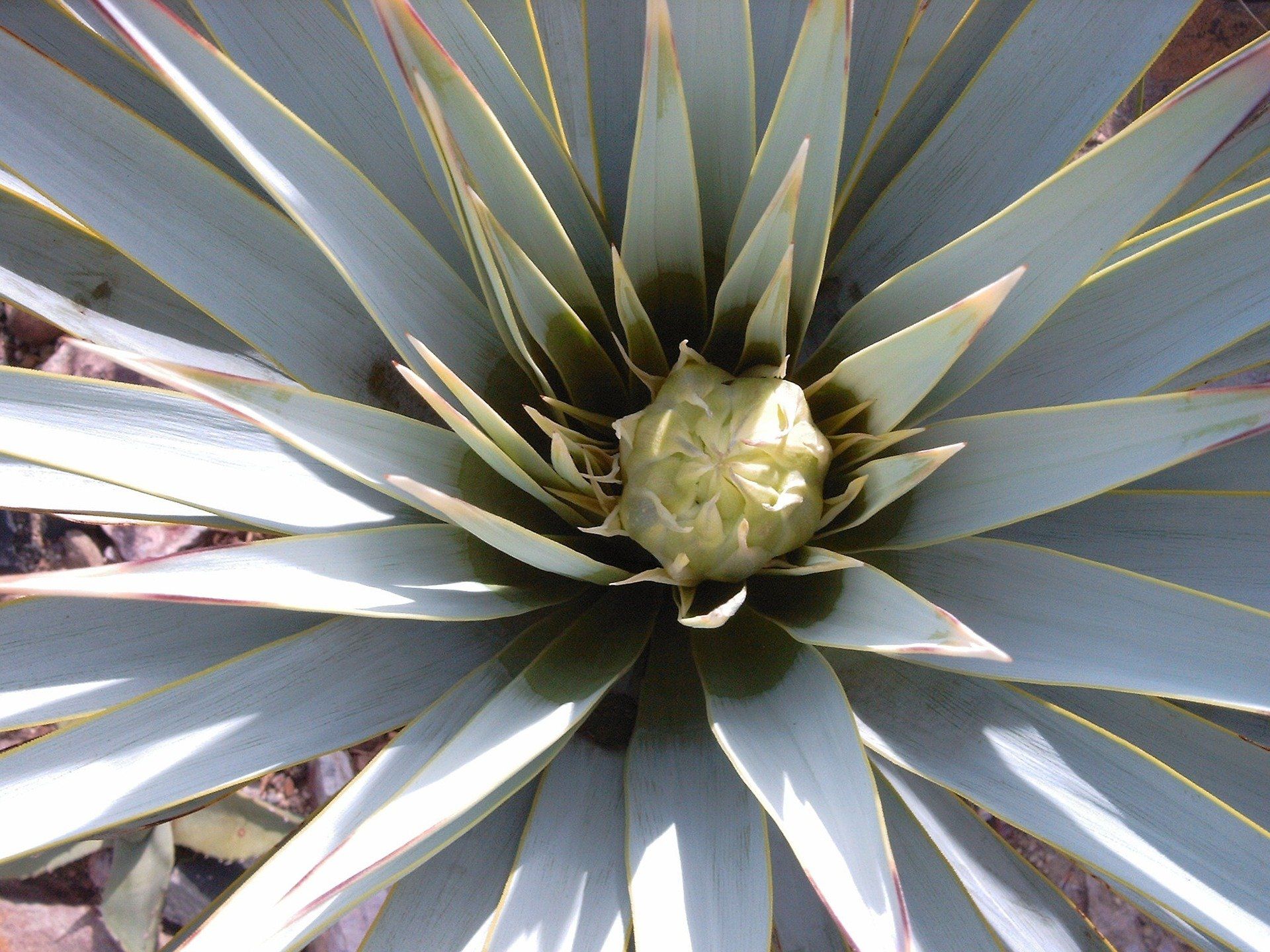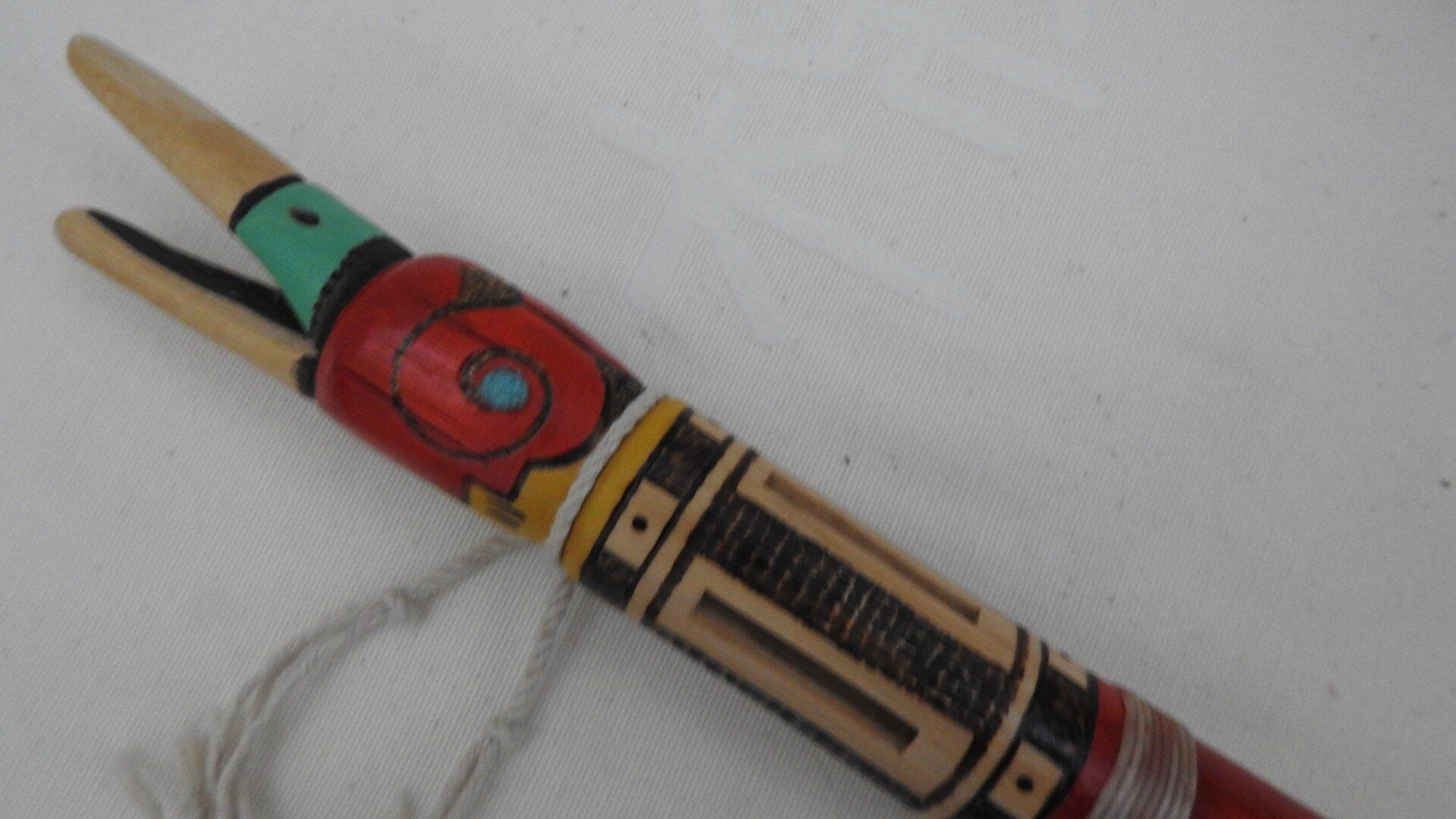marlon magdalene

Marlon
Marlon Magdalena, also known as Ælu'æki (translates to "Young Elk", it's his Jemez name), was born in 1985 and grew up in the Pueblo of Jemez, a federally recognized tribe in New Mexico. He is an artist, educator and makes flutes in native style and also gives performances. Art has been a big part of his life.
He draws and paints but currently specializes in making various types of flutes native to North America. He is also the educational coordinator at the Jemez Historic Site. He educates the public about his Jemez culture through numerous presentations he gives throughout the year.
His life is centered on his family and community of Jemez Pueblo, where he gained a lot of knowledge. He proudly participates in all aspects of Jemez Life; such as, speaking the Jemez language, planting Jemez corn, singing Jemez songs and dancing Jemez dances. (source website)
2014 Nr. 035 Yucca Flows Bm

Yucca whistle
This flute was made in 2014 from yucca and is also a warbel flute.
what particularly appealed to me are the colorful figures that show similarities with my pen drawings that I made.

What is warbel? A is the sound produced by the flute itself. To start the warbel you have to blow a little harder but once the pressure is reached with which the warbel starts, the construction of the flute ensures that it continues on its own. You can usually hear it when you play in the root of the flute. In some ways, today's Native American flute doesn't sound like the native flutes of the distant past. The flutes are refined by modern options. They are tuned to certain scales. Their timbre has been adjusted. And they have lost their ability to wiggle, this sound was a much appreciated feature of the flute in ancient times.

Here below Marlon with the flute where he clearly sounds the warbell.
Today, the warbel is not a popular sound. The warbel is still appreciated by only a few and draws an important dividing line between a traditionalist and the modernist. Much of the current popularity of today's NAF has a lot to do with a few musicians in the '80s and early '90s who created a sound that appealed to the masses. But that was different more than 100 years ago. One of the earliest mentions of the warbel came from Alfred Longley Riggs in 1869. He gave a detailed description of the flute construction, musical tuning and the warbel called the 'bubbling'. (Sourch Flutetree.com)


